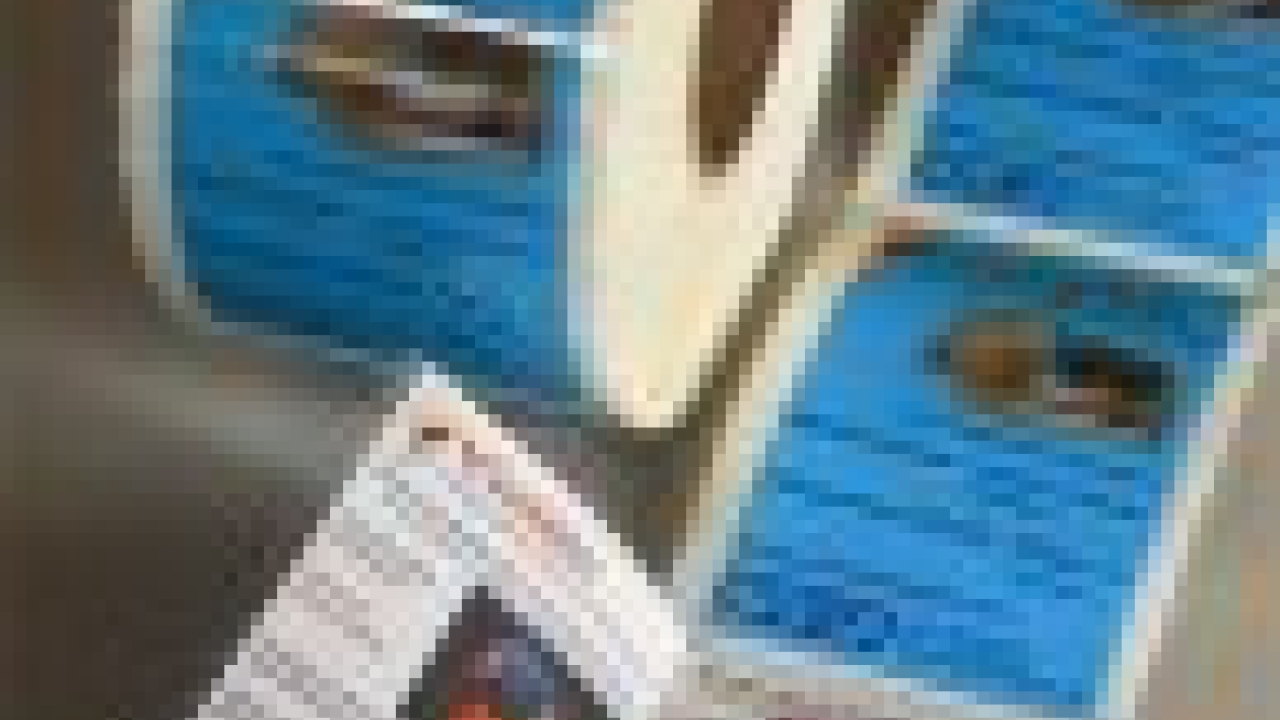Korea’s Exax to invest in HF-UHF RFID printing line from Stork

One of South Korea’s leading chemical manufacturers, Exax Inc, is set to expand into RFID label production at its Cheonan plant by investing in a dedicated rotary screen printing line from Stork Prints.
When it is installed in summer 2008, the new line will be the first by Stork that can produce both HF (high-frequency) and UHF (ultra-high frequency) antennae in a single pass. This will enable Exax to offer competitive solutions for producing the widest range of radio-frequency label applications.
The configuration comprises three of Stork’s 600 mm-wide PD-IV/RSI (Rotary Screen Integration) units, which are fully integrated rotary screen printing stacks with drying capabilities. Vertical hot-air and infra-red drying systems integrated into the first and third print positions, and a UV-curing unit on the second, allow easy job-changeovers from one frequency format to the other.
The first printing position will apply the conductive silver solvent-based ink, specially formulated by Exax – either as a thick layer of HF coil, or a thinner UHF-di-pole antenna. The second and third positions are exclusively for laying down the two extra components of the HF antenna: the dielectric insulator with a UV-curable ink, followed by the conductive jumper.
Ger Roza, account manager at Stork Prints, commented: ‘Rotary screen printing was preferred by Exax because it is uniquely capable of achieving high definition and laying down heavy ink layers needed in HF antenna circuits. With our expertise in silver ink processing, we were able offer an effective antenna production concept that combined precision printing technology with effective drying and curing.’
‘The challenge was to devise a concept that afforded the conductive ink a lengthy dwell time, at a relatively fast production speed. This was achieved by devising an accumulator drying system, whereby the web passes up and down the dryer several times,’ Roza added.
Stork’s PD-IV/RSI system is also noted for its accurate tension control, necessary for maintaining stability when processing filmic materials exposed to lengthy periods of high temperatures. RFID antennae at Exax are expected to be printed on 50 – 70 μm film when more resistance to chemicals and humidity is needed, polyamide for extreme heat resistance, or paper for standard applications.
The RSI printing line will use Stork’s proprietary pure-nickel electroformed RotaMesh screens, which offer consumable savings because they can be re-engraved several times, and thus be used for many different antenna designs.
Exax, also a major supplier of subcomponents to major global electronic manufacturers, sees numerous opportunities in the rapidly growing radio frequency label market. Long distance applications of special interest, normally readable between 5 and 10 m and which require UHF antennae, include track and trace labels in the distribution chain and road toll systems, while booming HF-format labels include chip-based touch-in, touch-out public transport and ID cards.
Stay up to date
Subscribe to the free Label News newsletter and receive the latest content every week. We'll never share your email address.
